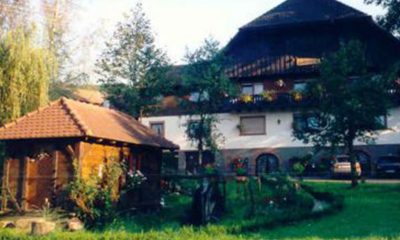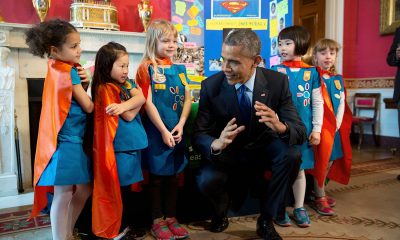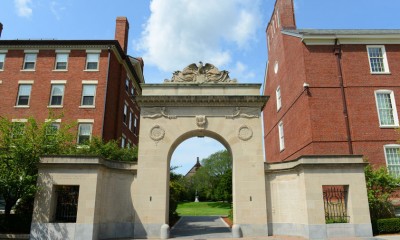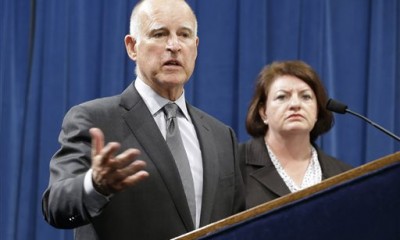From this time forward, many things happened on the gay rights movement. Many people became braver in coming out in the open and declaring their sexual orientation. More states and countries became progressive and decriminalizing homosexuality. More countries and states as well legalize homosexuality. From isolated groups, homosexuality became a global issue, with hordes of supporters as well as antis. Several people were elected in public office, proving that their sexual predilection is not a hindrance in providing exemplary service to their constituents.
President Obama became the first president of the United States to publicly announce his support on same sex marriage. He announced it on May 9, 2012.
However, before we can look forward, let us take a look at the history of homosexuality and some of the interesting terms and activities that were ingrained in their own unique culture.
A look back in time
- One of the countries where homosexuality is recognized is Japan. It had been existent since the country’s ancient history and Japan has different terms for it. Japanese scholars have identified homosexuals as “shudō,” “wakashudō” and “nanshoku.” In the modern era, the terms used are “dōseiaisha,” which is a literal translation of “same-sex-love person.” The word “gei” is the term used for “gay” while homosexuals are called either as “homo” or “homosekusharu.” Lesbians are called “rezu” or “rezubian.”
- The term “nanshoku” sometimes pronounced as “danshoku,” translates to “male colors,” which refers to “sexual pleasure.” “Shudō” is a shortened form of “wakashudō” and translates to “way of adolescent boys.” The Japanese term “do” means the “way.”
- Pederastic “nanshoku” relationships existed in monasteries of old in Japan where a monk, called a “nenja,” the term for admirer or lover, would take on an acolyte, which was called “chigo.” This type of male-male relationship broke out of the religious circle and carried on in the military. It became common practice in the “samurai” or warrior class for an older officer to take on a young apprentice to undergo martial arts training. The practice became part of the age-structured code of the samurai, “wakashudō”.
- The middle class in Japan also had their version of “wakashudō” that involved the “kagema” or male prostitutes working in “kabuki” theaters as apprentice actors.
- Homosexuality is not only common in Japan. There were evidences that transgenders and homosexuals were also common in the cultures of the Mayans, Quechuas, Aztecs, Zapotecs, Tupinambá and Moches.
- Lesotho women have been known to engage in “motsoalle,” or erotic long-term relationships. In Congo, warriors normally take in young lovers. China has several beautiful poetic terms for homosexuality. One of these is “passions of the cut peach.” Confucianism, which ruled social and political life in China for centuries, did not pay particular attention to sexual orientations.
- For many centuries, Thai kings among other people in Thailand took in male and female lovers. The term they use for homosexuals in “kathoey” or “ladyboys.”
- In the Vedic and Hindu texts of South Asia, records of manifestations of various combinations of gender and sex are found. These describe demigods, saints and the Supreme Lord taking in different forms. There are also records of same sex loves of queens as well as kings. The “Kama Sutra” deals with feelings for the same sex. Transsexuals were also venerated.
- Homosexuality was also common practice in ancient Assyrian culture. They even had prayers for homosexual relationships. Priests during those times were also cross-dressers.
- Same sex relationships are an integral part of the culture in Papua New Guinea. On the other hand, homosexuality is denied, ignored or declared a criminal offense in Muslim countries, although there is a consensus that this kept secret for fear of punishment.
- The most homosexual-tolerant Asian and Middle Eastern country is Israel. Tel Aviv is called the “Middle East’s gay capital.” Pride Parade is an annual event in Tel Aviv.















Facebook
Twitter
Pinterest
Google+
LinkedIn
Email